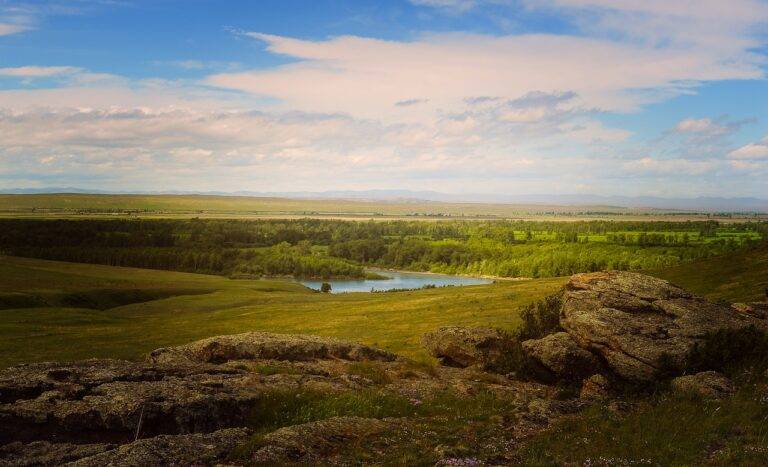Exploring the Wonders of Underwater Archaeological Sites: Sunken Cities and Shipwrecks
One of the most enduring mysteries in the realm of archaeology and ancient civilizations is the fabled lost city of Atlantis. This mythical city has captured the imagination of countless people for centuries, with its supposed advanced technology and powerful civilization that suddenly disappeared without a trace. The story of Atlantis was first mentioned by the ancient Greek philosopher Plato, who described it as a prosperous island that sank into the depths of the ocean in a single day and night.
Despite numerous theories and speculations, the exact location of Atlantis remains a subject of debate among historians and archaeologists. Some believe it could have been located in the Mediterranean Sea, while others argue it might have been in the Atlantic Ocean. Various expeditions have been conducted in search of Atlantis, but so far, no concrete evidence has been found to prove its existence. The legend of Atlantis continues to fascinate researchers and adventurers alike, as they seek to uncover the truth behind this enigmatic lost city.
The Rich History of Ancient Shipwrecks
Diving into the depths of the ocean, ancient shipwrecks hold a treasure trove of historical significance. These sunken vessels serve as time capsules, preserving tales of trade routes, naval battles, and maritime technologies of bygone eras. From the grandeur of Roman shipwrecks with their intricate mosaics to the solid hulls of Viking longships, each wreck offers a glimpse into the past.
The exploration of ancient shipwrecks is a delicate dance between uncovering hidden stories and preserving fragile artifacts. Archaeologists meticulously document each find, piecing together the puzzle of maritime history. Through these underwater expeditions, we gain insights into the daily lives of seafarers and the interconnectivity of ancient civilizations through trade and conquest.
Techniques Used in Underwater Archaeology
Underwater archaeology is a meticulous process that requires specialized techniques for successful exploration and excavation. One crucial method employed in underwater archaeology is remote sensing, which involves using sonar technology to create detailed maps of the underwater landscape. These maps help archaeologists locate potential sites of interest and plan their dive missions accordingly.
Another vital technique in underwater archaeology is photogrammetry, a process that involves taking precise measurements and creating 3D models of artifacts and sites. By capturing detailed imagery from multiple angles, archaeologists can reconstruct submerged structures and objects with remarkable accuracy. This technique not only aids in documenting findings but also allows researchers to analyze and interpret archaeological materials in greater detail.
• Remote sensing is a crucial technique in underwater archaeology, using sonar technology to create detailed maps of the underwater landscape
• These maps help archaeologists locate potential sites of interest and plan dive missions accordingly
• Photogrammetry is another important technique, involving taking precise measurements and creating 3D models of artifacts and sites
• Detailed imagery from multiple angles helps reconstruct submerged structures and objects with accuracy
• This technique aids in documenting findings and allows for analysis and interpretation of archaeological materials
What is underwater archaeology?
Underwater archaeology is the study of archaeological sites that are submerged underwater, such as shipwrecks, submerged cities, and sunken ruins.
What are some common techniques used in underwater archaeology?
Some common techniques used in underwater archaeology include remote sensing, underwater surveys, diving, excavation, and the use of specialized equipment like sonar and ROVs.
How do archaeologists locate underwater sites?
Archaeologists use a variety of methods to locate underwater sites, including historical research, surveying coastlines with remote sensing technologies like side-scan sonar, and conducting underwater surveys with divers.
What challenges do underwater archaeologists face?
Underwater archaeologists face a number of challenges, including limited visibility, strong currents, depth limitations, and the preservation of underwater artifacts.
Why is underwater archaeology important?
Underwater archaeology is important because it helps us better understand ancient civilizations, trade routes, navigation techniques, and maritime history. It also helps preserve and protect underwater cultural heritage.





